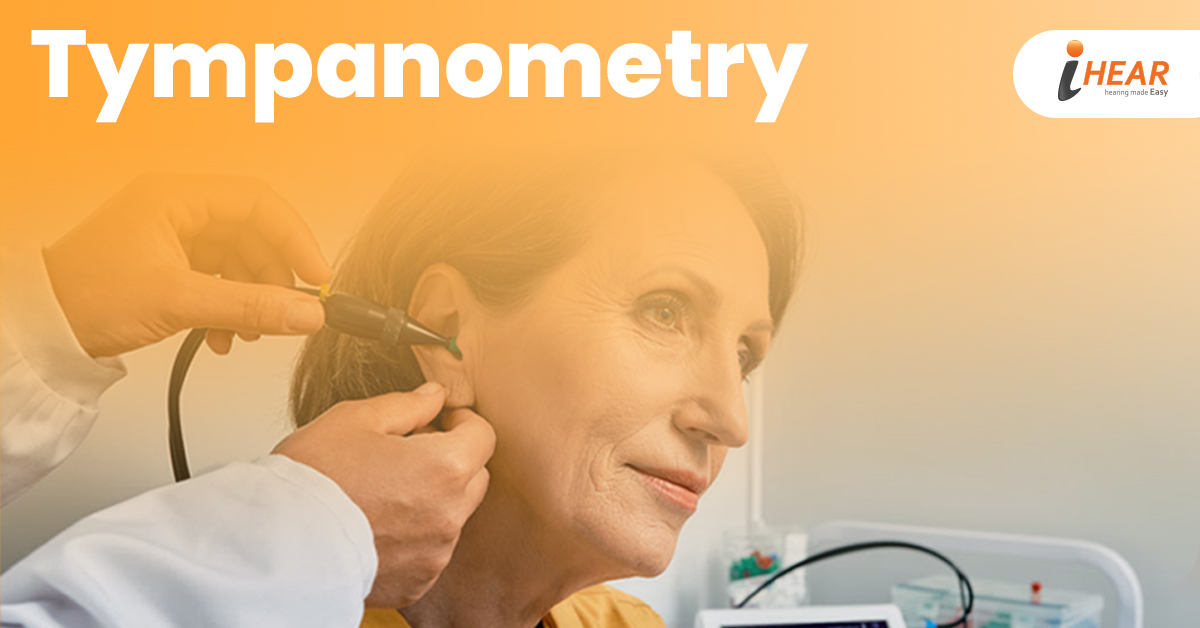Tympanometry
‘The deaf believes there is nothing WRONG, but the hearing believes something needs to be FIXED.’
Hearing loss is more or less a tough and confusing puzzle for the audiologists to solve. Determining its type and cause is like putting together a puzzle, and the hundreds of tests done for a hearing evaluation are like pieces to that puzzle-hard to find and assemble together. Often used to assess the functions of the middle ear, tympanometry is the one test that determines whether your hearing loss can be helped by hearing aids or whether a medical treatment is available to treat your loss instead.
So, now the question arises, WHAT IS TYMPANOMETRY?
Tympanometry is an important part of a diagnostic hearing evaluation. It is the first and foremost examination done to test the condition of the middle ear of a person, mobility of the eardrum, also known as tympanic membrane and the conduction bones by varying air pressure in the ear canal. Tympanometry is an objective test of middle-ear function. It is not a hearing test, rather it is a measure of amount of energy transmission through the middle ear.
In the process of evaluating hearing loss, tympanometry shows a distinct difference between sensorineural and conductive hearing loss.
WHY IS TYMPANOMETRY PERFORMED?
Tympanometry helps diagnose disorders possibly leading to hearing loss, especially in children. The test measurers the movement of the tympanic membrane in response to change in air pressure.
Tympanic membrane is a thin, cone-shaped membrane separating the middle ear from the outer segments of the ear. The results obtained after the possible tests are done are recorded on a graph known as tympanogram.
This test can help your doctor determine if you have:
- Fluid in middle ear
- Otitis media (infection in middle ear)
- A tear in the tympanic membrane
- A persisting problem in the Eustachian tube (which links the upper part of the throat and nose with ear).
HOW IS TYMPANOMETRY PERFORMED?
Tympanometry is normally performed either in a hearing healthcare professional’s (audiologist) or a doctor’s office. Firstly, a visual inspection of your ear canal and eardrum is done using a lighted scope (otoscope) placed in the ear by a clinician. Then, a probe with a flexible rubber tip is placed in your ear. The probe will cause the air pressure in your ear canal to change as you gradually hear some low-pitched tones. The feeling is somewhat similar to the pressure changes felt by a person during take-off and landing of an aircraft. With the changing pressure, measurements of your eardrum’s movement will be taken and recorded.
The test takes about two minutes or less for both the ears to complete. Individuals of all age groups can have tympanometry, though it is a bit difficult in case of children as they are too young to cooperate.
WHAT DOES THE RESULTS MEAN?
If the test results are normal, it means:
- There are no traces of fluid in the middle ear
- The eardrum vibrates normally
- There is normal pressure in the middle ear
- Normal vibration between the ossicles (small bones of the middle ear that conducts sound and helps in hearing) and the eardrum
If the test results are found to be abnormal, it means:
- Fluid present in the middle ear
- Perforation of the tympanic membrane
- Scarring of the eardrum from frequent ear infections
- Abnormal growth in the middle ear and pressure beyond the normal range
- Eardrum blocked by earwax
WHAT IS THE TAKEAWAY FOR PEOPLE UNDERGOING TYMPANOMETRY?
Tympanometry only tests the signs that shows that there may be a problem in the middle ear of a person. By far, fluid in the middle ear is the most common cause of abnormal tympanogram. If the abnormal test results persist, or your doctor suspects something fishy other than the fluid in the eardrum, he might send you to a specialist for additional tests and a follow-up.

